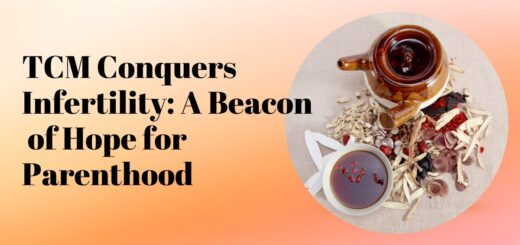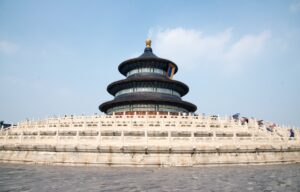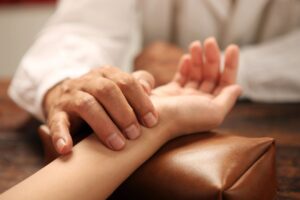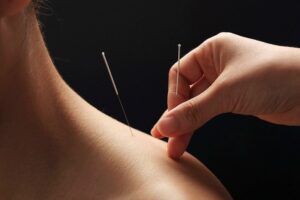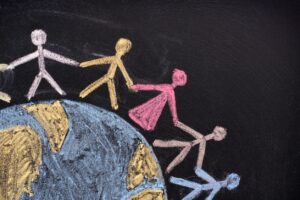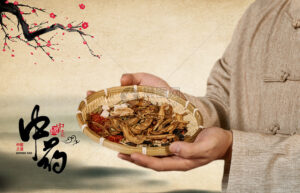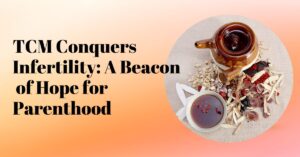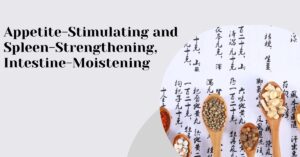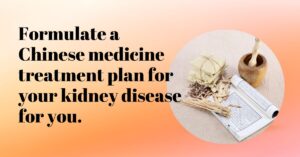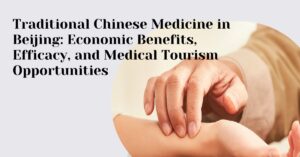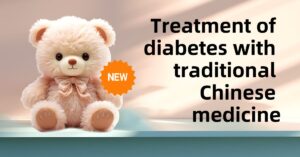Traditional Chinese Medicine (TCM) Rehabilitation Therapy and Applicable Conditions
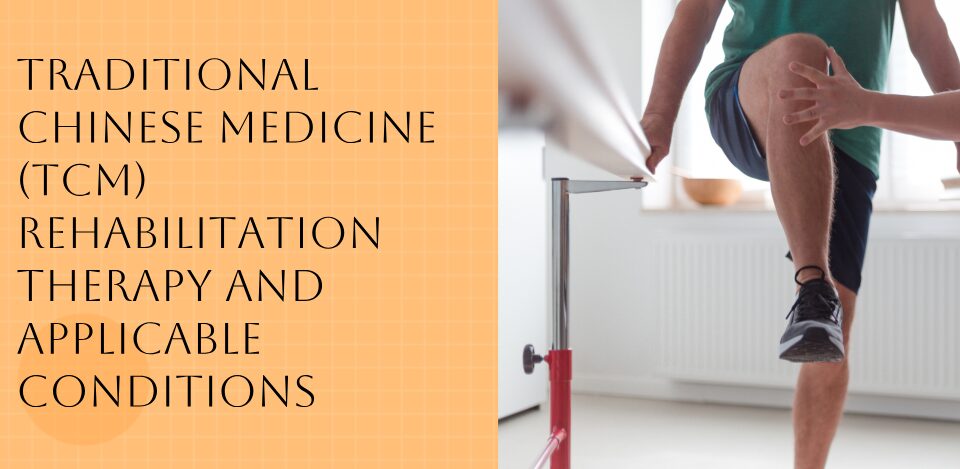
In today’s fast-paced modern life, people are increasingly concerned about health issues. TCM rehabilitation therapy, as a traditional and effective treatment method, is gaining widespread attention and application. Based on TCM theories and combined with modern rehabilitation techniques, TCM rehabilitation therapy promotes recovery and health through various methods.
I. Theoretical Foundations of TCM Rehabilitation Therapy
The theoretical foundation of TCM rehabilitation therapy is rooted in the holistic concepts and syndrome differentiation of TCM. TCM views the human body as an organic whole, with interconnections and interactions between various organs and tissues. Diseases occur due to imbalances in Yin and Yang, Qi and blood, and dysfunction of the internal organs. Therefore, the goal of TCM rehabilitation therapy is to restore balance in Yin and Yang, regulate Qi and blood flow, and enhance the functions of the internal organs to treat diseases and promote recovery.
Key methods of TCM rehabilitation therapy include acupuncture, massage (Tuina), cupping, moxibustion, and herbal steam therapy. These methods stimulate acupoints and meridians in the body to regulate Qi flow, enhance organ functions, and achieve therapeutic effects.
II. Methods and Applications of TCM Rehabilitation Therapy
1. Acupuncture
- Overview: Acupuncture is one of the most commonly used methods in TCM rehabilitation therapy. It involves stimulating specific acupoints on the body to regulate Qi flow and organ functions, promoting healing and recovery.
- Applicable Conditions: Acupuncture can treat various conditions, including cervical spondylosis, lumbar disc herniation, frozen shoulder, facial paralysis, insomnia, headaches, and can also be used in rehabilitation for conditions like post-stroke sequelae and post-fracture recovery.
2. Massage (Tuina)
- Overview: Tuina is another widely used method in TCM rehabilitation. It involves applying manual techniques to the body’s surface to regulate Qi flow and organ functions, promoting healing and recovery.
- Applicable Conditions: Tuina can treat conditions like cervical spondylosis, lumbar disc herniation, frozen shoulder, and muscle strain, and is also useful in rehabilitation for post-stroke sequelae and post-fracture recovery.
3. Cupping
- Overview: Cupping is a traditional method in TCM rehabilitation. It creates a vacuum on the skin’s surface, which helps to unblock meridians, improve blood circulation, and dispel wind and cold.
- Applicable Conditions: Cupping can treat conditions like cervical spondylosis, lumbar disc herniation, frozen shoulder, muscle strain, and is also beneficial in rehabilitation for post-stroke sequelae and post-fracture recovery.
4. Moxibustion
- Overview: Moxibustion is a traditional TCM method that involves burning moxa (a type of herb) to apply heat stimulation to specific acupoints, thereby warming the meridians, dispelling cold, and strengthening Yang energy.
- Applicable Conditions: Moxibustion can treat conditions such as cervical spondylosis, lumbar disc herniation, frozen shoulder, and muscle strain, and is also effective in rehabilitation for post-stroke sequelae and post-fracture recovery.
5. Herbal Steam Therapy
- Overview: Herbal steam therapy involves applying steam infused with Chinese herbs to the body’s surface. The steam penetrates through the skin to promote meridian flow, improve blood circulation, and dispel wind and cold.
- Applicable Conditions: This therapy can treat conditions like cervical spondylosis, lumbar disc herniation, frozen shoulder, muscle strain, and is also useful in rehabilitation for post-stroke sequelae and post-fracture recovery.
III. Advantages and Characteristics of TCM Rehabilitation Therapy
1. Holistic Approach
- Explanation: TCM rehabilitation emphasizes the holistic concept of the human body, considering it as an organic whole. It focuses on overall regulation and balance rather than just addressing localized symptoms.
2. Syndrome Differentiation
- Explanation: TCM rehabilitation is based on syndrome differentiation, where treatment is tailored to the patient’s specific symptoms, tongue, and pulse diagnosis, ensuring a personalized treatment plan.
3. Natural and Safe
- Explanation: The methods used in TCM rehabilitation, such as acupuncture, massage, cupping, moxibustion, and herbal steam, are natural, safe, and free from chemical drugs, making them suitable for long-term treatment and recovery.
4. Comprehensive Treatment
- Explanation: TCM rehabilitation employs a combination of various methods, such as acupuncture, massage, cupping, moxibustion, and herbal steam, which complement and enhance each other, leading to improved therapeutic effects.
IV. Applicable Conditions for TCM Rehabilitation Therapy
**1. *Orthopedic Conditions*
| Condition | Applicable Therapy |
|---|---|
| Cervical Spondylosis | Acupuncture, massage, traction |
| Lumbar Disc Herniation | Acupuncture, massage, herbal steam therapy |
| Frozen Shoulder | Acupuncture, massage, cupping |
| Post-Fracture Recovery | Herbal steam therapy, massage |
**2. *Neurological Conditions*
| Condition | Applicable Therapy |
|---|---|
| Post-Stroke Sequelae | Acupuncture, massage, rehabilitation training |
| Facial Paralysis | Acupuncture, moxibustion |
| Headache | Acupuncture, head massage |
**3. *Internal Medicine Conditions*
| Condition | Applicable Therapy |
|---|---|
| Insomnia | Acupuncture, moxibustion, massage |
| Gastralgia (Stomach Pain) | Moxibustion, acupuncture |
| Constipation | Abdominal massage, acupuncture |
**4. *Gynecological Conditions*
| Condition | Applicable Therapy |
|---|---|
| Dysmenorrhea (Menstrual Pain) | Moxibustion, acupuncture |
| Postpartum Recovery | Herbal steam therapy, massage |
**5. *Otorhinolaryngological Conditions*
| Condition | Applicable Therapy |
|---|---|
| Tinnitus | Acupuncture, ear massage |
| Allergic Rhinitis | Moxibustion, acupuncture |
**6. *Other Conditions*
| Condition | Applicable Therapy |
|---|---|
| Chronic Fatigue Syndrome | Acupuncture, massage, herbal steam therapy |
| Obesity | Acupuncture, massage, dietary, and exercise guidance |
In summary, TCM rehabilitation therapy offers treatment and rehabilitation support for a wide range of conditions. However, it is important to tailor the treatment plan to the individual patient’s needs, guided by a professional TCM rehabilitation therapist.



